Nissan GT-R

Nissan's GT-R has been on the market since 2007. Right from the outset the car was intended as a giant-killer, a rolling showcase of every technological trick in the book, created in order to propel a hefty four-seater coupe with such aplomb and vitality that it would leave more exotic machinery costing many times more standing in its wake.
And by and large, Nissan succeeded. Although the company has a strong performance heritage, the lairy coupes and saloons from its recent past fell way short of having any true cachet, beloved as they were by diehards and enthusiasts. The GT-R has changed its image in a single swoop.
The GT-R was previewed by a 2005 concept, and its final production form shares the rather brutal, hard-edged lines of the original design. It's not beautiful like a Ferrari or Aston Martin, aggressive like a Lamborghini or even as crisp, fluid and ergonomically exceptional as a Porsche. Instead, it has a unique functionalism that, in our eyes, is a perfect visual match for the car's titanic abilities.
For this car is like one of those Japanese hi-fis from the mid 1980s that had every conceivable bell and whistle, LED, dial, fader and button, outperformed all the old school competition yet were still sneered at by the cognoscenti.
First impressions are rather neutral. The cabin isn't rich and sumptuous, but more like a batcave, dark and gloomy, dominated by a big screen displaying a host of live systems information (for the inveterate knob-tweaker, the GT-R is a paradise).
Turn on the engine, and the car comes alive, with all sorts of high-performance systems spooling up to maximum efficiency in the background. These clanks and whirrs tell you that this car is a serious piece of kit, and so it proves once you are underway.
For the GT-R can match or outperform practically every Ferrari, Aston Martin, Porsche and Lamborghini on the market. It will reach 60mph in around three-and-a-half seconds, and go on to a top speed in excess of 190mph (if anything, testers around the world have found that Nissan's engineers understated the car's performance figures).
Receive our daily digest of inspiration, escapism and design stories from around the world direct to your inbox.
Four wheel drive and all manner of traction control and dynamic suspension more than compensate for its size and weight, allowing it to roar around the race track with all the athleticism of a car half its weight. Yet all this is available for under £72,000 and includes four good-sized seats and a proper boot.
Is there a catch? For many people, the downside is the badge. Nissan, the company that sells soft-roaders to school-runners and Micras to European's pensioner population. Nissan, the electric car pioneer dedicated to increasingly Noddy-styled city concepts. Ignore this snobbery and you won't be disappointed.
The only fly in the ointment is that, paradoxically, the GT-R is not a terribly good GT car. Grand Tourers are supposed to cosset and comfort at speed, but while the Nissan can trounce all comers, the ride is geared to the enthusiast; even on 'comfort' setting the suspension jolts you about in an awkward fashion - fine for the driver keen to press on but not so relaxing for the passenger.
It helps if they're a statistician, as the GT-R's central console throws up more information about the car's engine, systems and performance than any other road car. So if you're driving far on smooth roads with a race car engineer or physicist in the passenger seat, you could just about knock off several hundred miles at a time. Otherwise, this car is designed for short, sharp blasts.
Facelifted and lightly fettled for both 2011 and 2012, the current GT-R is now in the twilight of its life. A new model is promised for 2013, so we can expect conceptual teasers to appear before the end of the year.
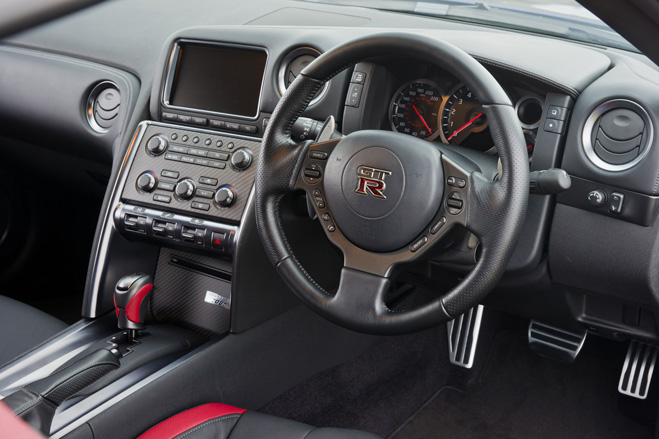
First impressions are rather neutral. The cabin isn't rich and sumptuous, but more like a batcave, dark and gloomy, dominated by a big screen displaying a host of live systems information (for the inveterate knob-tweaker, the GT-R is a paradise)
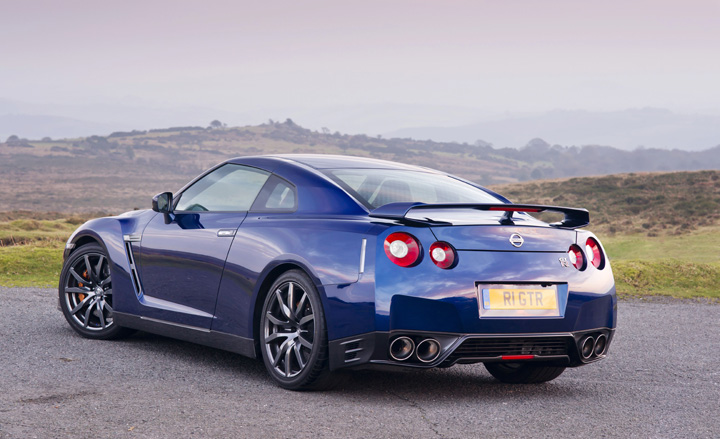
Turn on the engine, and the car comes alive, with all sorts of high-performance systems spooling up to maximum efficiency in the background. The GT-R can match or outperform practically every Ferrari, Aston Martin, Porsche and Lamborghini on the market. It will reach 60mph in around three-and-a-half seconds, and go on to a top speed in excess of 190mph
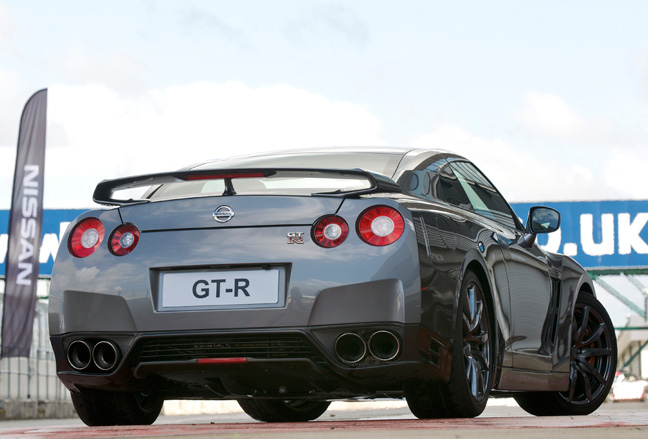
The GT-R's central console throws up more information about the car's engine, systems and performance than any other road car
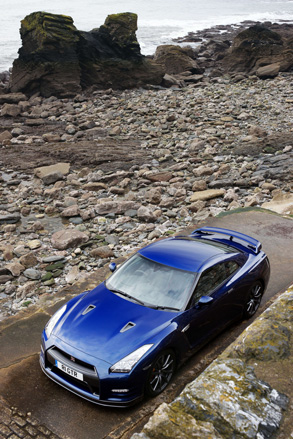
Four wheel drive and all manner of traction control and dynamic suspension more than compensate for its size and weight, allowing it to roar around the race track with all the athleticism of a car half its weight.

All this is available for under £72,000 and includes four good-sized seats and a proper boot
Jonathan Bell has written for Wallpaper* magazine since 1999, covering everything from architecture and transport design to books, tech and graphic design. He is now the magazine’s Transport and Technology Editor. Jonathan has written and edited 15 books, including Concept Car Design, 21st Century House, and The New Modern House. He is also the host of Wallpaper’s first podcast.
-
 These are the 8 hotly-awaited art openings we are most looking forward to in 2026
These are the 8 hotly-awaited art openings we are most looking forward to in 2026With major new institutions gearing up to open their doors, it is set to be a major year in the art world. Here is what to look out for
-
 This modern Clapham house is nestled indulgently into its garden
This modern Clapham house is nestled indulgently into its gardenA Clapham house keeps a low profile in South London, at once merging with its environment and making a bold, modern statement; we revisit a story from the Wallpaper* archives
-
 The new Tudor Ranger watches master perfectly executed simplicity
The new Tudor Ranger watches master perfectly executed simplicityThe Tudor Ranger watches look back to the 1960s for a clean and legible design
-
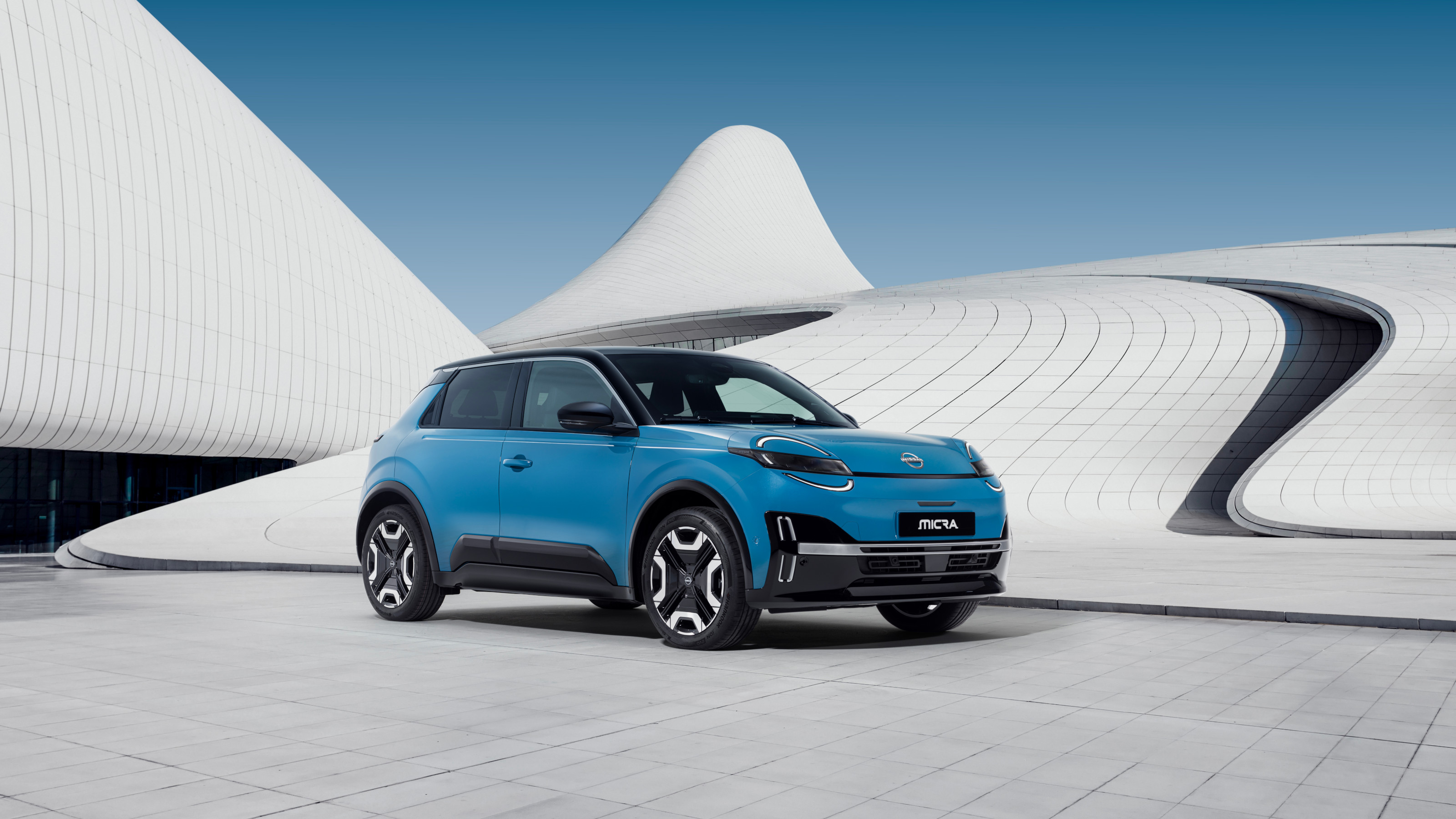 The Micra (finally) goes electric as Nissan ramps up its range of EVs
The Micra (finally) goes electric as Nissan ramps up its range of EVsThe compact Nissan Micra was once a global bestseller. After getting an early head start on electric mobility, the Japanese giant is looking to a new version of its small car to recharge its status
-
 Tokyo firm Built By Legends gives fresh life to a performance icon, Nissan’s R34 GT-R
Tokyo firm Built By Legends gives fresh life to a performance icon, Nissan’s R34 GT-RThis Japanese restomod brings upgrades and enhancements to the Nissan R34 GT-R, ensuring the cult of the Skyline stays forever renewed
-
 New-generation car camping and roof tents for luxury-loving adventurers
New-generation car camping and roof tents for luxury-loving adventurersCar camping is having a moment. While Hyundai and Porsche can get you kitted up, we explore other options
-
 The debut Japan Mobility Show saw the country’s carmakers preview the near future
The debut Japan Mobility Show saw the country’s carmakers preview the near futureThe 2023 Japan Mobility Show offered up a vast array of futuristic transportation, from concept sports cars to autonomous taxis, and eVTOL aircraft
-
 Peugeot’s sparky 308 gets hybrid power and handsome lines
Peugeot’s sparky 308 gets hybrid power and handsome linesThe Peugeot 308 proves that mass-market design needn’t be dull, blending hybrid power with sharp lines and excellent detailing
-
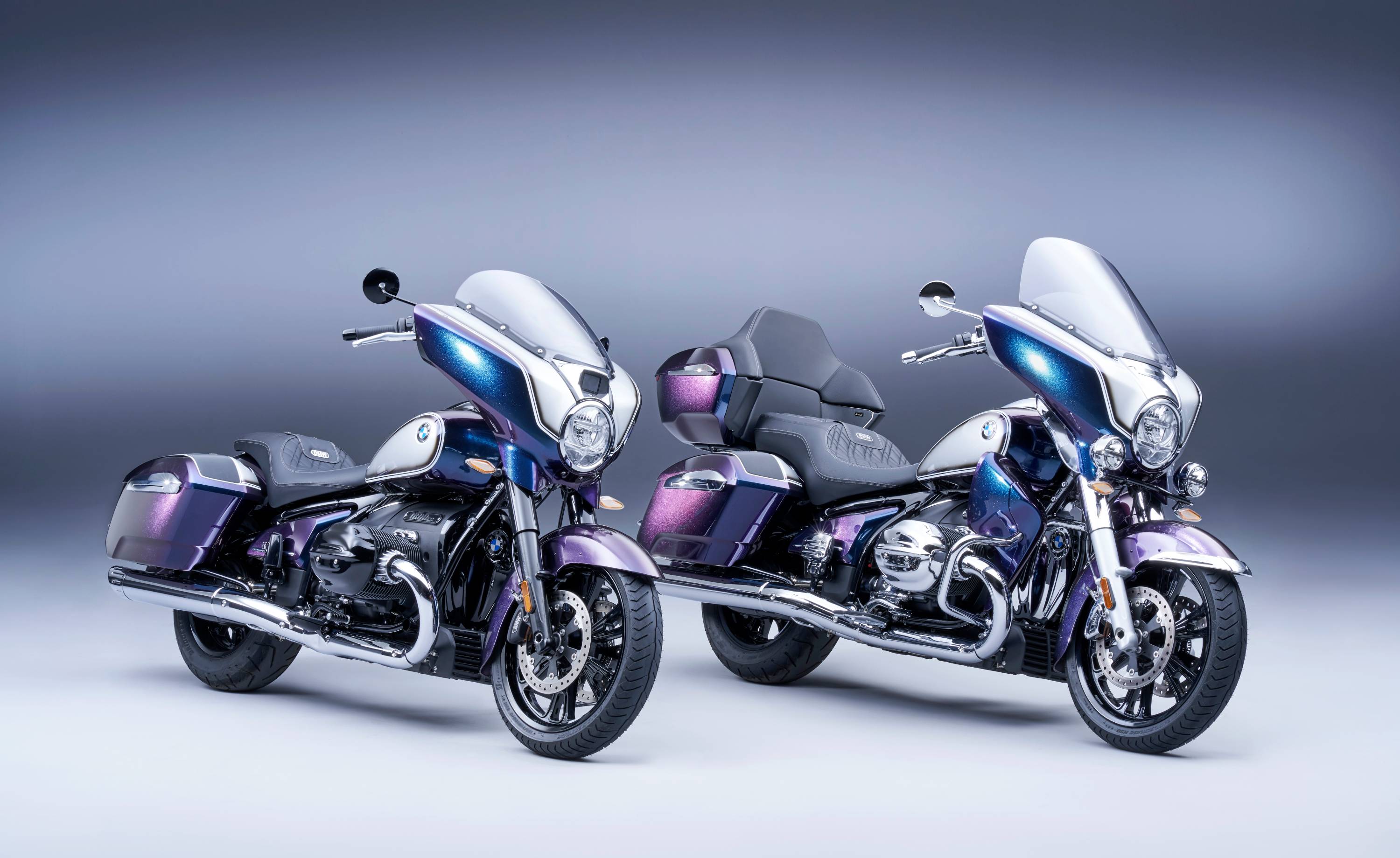 BMW Motorrad brings out the big guns for its newest cruisers
BMW Motorrad brings out the big guns for its newest cruisersBMW Motorrad R 18 Bagger and Transcontinental set the tone for high-voltage cruising with a brand collaboration with speaker specialist Marshall
-
 Dacia’s new Manifesto concept is a true outdoor utility vehicle
Dacia’s new Manifesto concept is a true outdoor utility vehicleUtilitarian auto brand Dacia sets a bold new agenda with its Manifesto, a concept car pitched at the active outdoor market
-
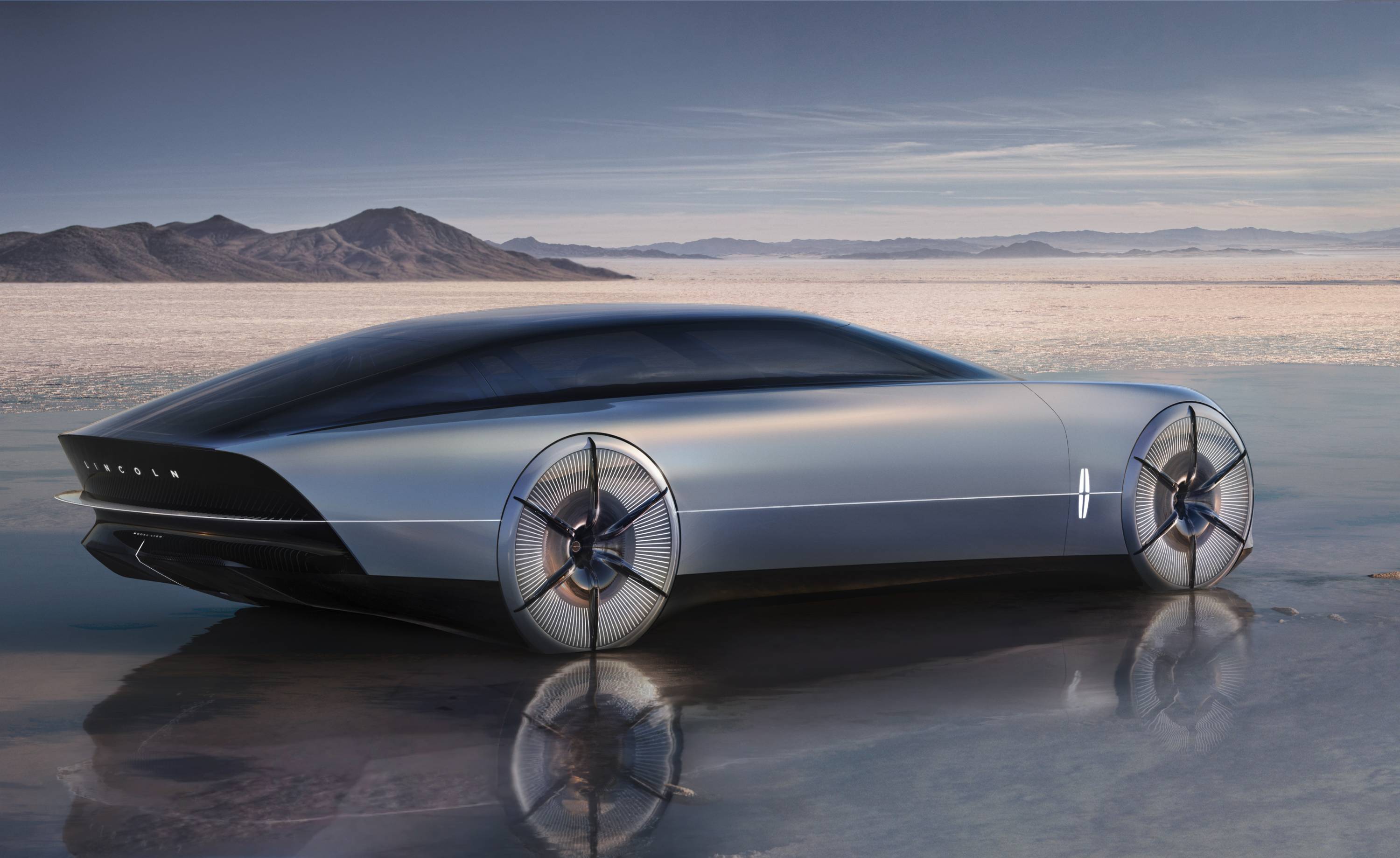 The sun sets on traditional supercars at California’s Monterey Car Week
The sun sets on traditional supercars at California’s Monterey Car WeekMonterey Car Week, the world’s most prestigious car gathering, is showcasing ever-more extravagant special editions, coachbuilt cars and all-new electric concepts. Here are seven key machines from 2022